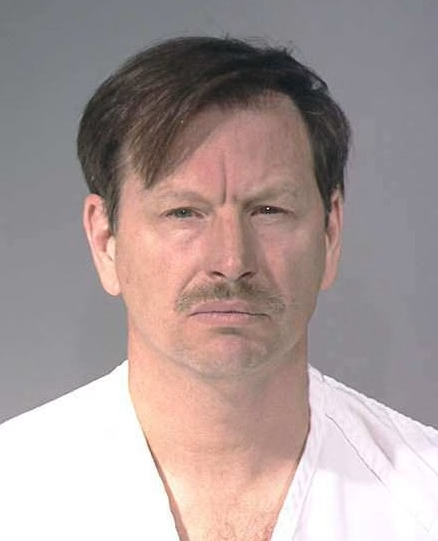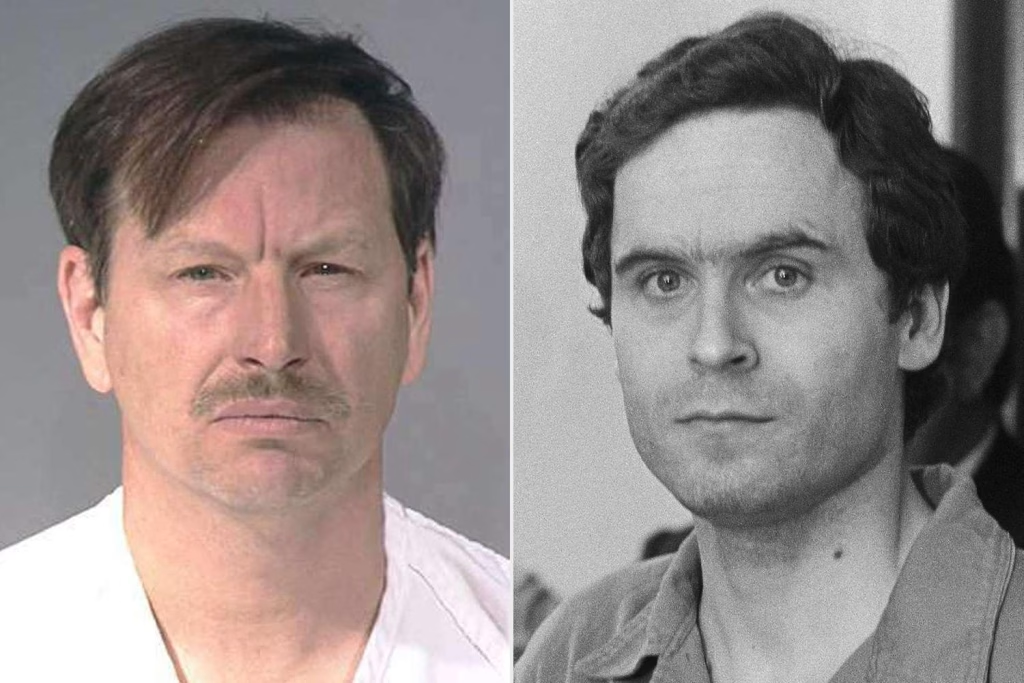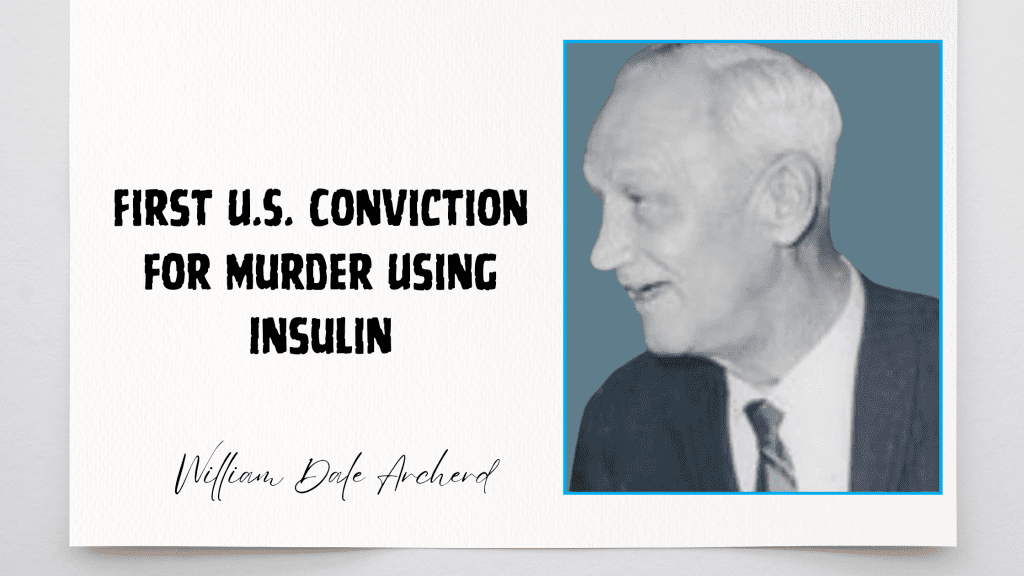In the shadowy underbelly of true crime history, few names evoke as much dread as Gary Ridgway, the infamous Green River Killer. Responsible for at least 49 confirmed murders—though he confessed to as many as 71—Ridgway preyed on vulnerable women in the Pacific Northwest during the 1980s and 1990s. His story, marked by a chilling double life as a family man and truck painter, continues to captivate and horrify. As we look back in 2025, with recent developments like his 2024 transfer to aid in locating more remains, this deep dive explores his troubled origins, brutal crimes, capture, and lasting impact. If you’re into serial killer profiles or mysteries, buckle up—this one’s a grim ride through one of America’s deadliest chapters.

Who Was Gary Ridgway? Early Life and the Seeds of Darkness
Born in 1949 in Salt Lake City, Utah, amid post-World War II optimism, Ridgway’s childhood was far from idyllic. His family relocated to the Seattle area for better opportunities, but home life was fraught with tension. Ridgway’s mother, Mary Rita, was reportedly domineering and abusive, belittling him for poor school performance and even washing his genitals into his teens after bed-wetting incidents—a humiliation that psychologists link to his later sexual confusion and rage.
- Twisted Fantasies Emerge: By age 14, Ridgway harbored conflicting desires toward his mother—sexual attraction mixed with violent urges to kill her.
- Early Warning Signs: He progressed from breaking windows to harming animals (killing birds, suffocating cats) and even stabbed a child at 15 to “test” it.
- Adult Life Facade: Graduating high school in 1969, he married three times, fathered a son, and served in the Navy in Vietnam, where he first engaged with sex workers—a group that would become his primary targets.
These early traumas, akin to those of other notorious killers like Ed Kemper (who also had severe “mommy issues”), set the stage for Ridgway’s descent.
The Murders: A Frenzy Along Pacific Highway South
Ridgway’s killing spree began in earnest around 1982, targeting young women—often runaways or sex workers—along Seattle’s Pacific Highway South. He strangled them, sometimes in his home or truck, and dumped bodies in clusters for easy recall, often returning to the sites. The Green River earned its grim moniker after five bodies surfaced there in 1982.
Key Dumping Sites and Patterns:

- Green River (Kent, WA): Initial victims like Wendy Lee Coffield (16) and Debra Lynn Bonner (23) were found here in 1982.
- SeaTac Airport Area: Bodies, including Giselle A. Lovvorn (19) and Constance Naon (21) discovered near baseball fields.
- Star Lake Road: Six victims from 1983-1985, such as Gail Matthews (23) and Terry Rene Milligan (16).
- Highway 18 & I-90: Remote spots yielding Tina Marie Thompson (22) and others.
- Highway 410 (Enumclaw): Later dumps like Marta Reeves (36) in 1990.
- Scattered Sites: Bodies transported to Oregon (e.g., Shirley Mae Sherrill, 19) to evade detection.
Ridgway’s MO: He lured victims with his “family man” image, showing photos of his son to build trust—even killing one with his child in the car. Many victims were strangled with their own clothes; some posed grotesquely, like Carol Ann Christensen with fish on her body.
| Victim Group | Key Examples | Discovery Dates | Ages |
|---|---|---|---|
| Green River Initials | Wendy Coffield, Opal Mills | 1982 | 16-31 |
| SeaTac Cluster | Shonda Summers, Cheryl Wims | 1983-1984 | 17-18 |
| Star Lake | Dolores Williams, Alma Smith | 1983-1985 | 15-17 |
| Highway Sites | Patricia Barczak, Roberta Hayes | 1986-1991 | 16-19 |
| Unidentified/Missing | Becky Marrero, Kelly McGinness | Still Missing | 19-18 |
This table highlights the frenzy: Over 40 murders in two years, with bodies scattered to confuse investigators.
The Investigation: From Suspicion to DNA Breakthrough
Ridgway evaded capture for decades despite early brushes with the law—arrested for solicitation in 1982 and choking a sex worker in 1980. In 1983, a boyfriend linked him to the victim Marie Malvar, but police dismissed it. A 1987 saliva sample sat unused until 2001 advancements in PCR and STR DNA testing matched him to semen on three victims.
Ted Bundy’s Role: Ironically, Bundy advised investigators to stake out dump sites, knowing killers like himself (and Ridgway) revisited them. Ridgway’s 2001 arrest led to a 2003 plea deal: Guilty to 48 murders for life without parole, avoiding death. A 49th conviction came in 2011 for Rebecca Marrero.
2025 Updates: Ongoing Searches and Victim Identifications

As of October 2025, Ridgway, now 76, remains at Washington State Penitentiary. In March 2025, details emerged about his September 2024 transfer to King County Jail: He assisted in locating remains of unidentified victims, per a plea deal extension. Recent IDs include Lori Anne Razpotnik (Dec 2023) and Tammie Liles (Jan 2024), marking the “last known” remains—but officials suspect more unsolved cases.
Read more: New Bedford Highway Killer: The Unsolved Serial Murders Haunting Route 195 in Massachusetts
On X (formerly Twitter), discussions range from his infamy compared to other killers like BTK to cultural references, underscoring his enduring notoriety.
Legacy: Pop Culture, Art, and the Unresolved Horror
Ridgway’s facade fooled his three wives and son, who described him as a supportive dad—using family photos to lure victims. His story inspired documentaries like Netflix’s Catching Killers (2021), books such as The Riverman, and even grunge band Green River’s lyrics. Artist Phil Hansen’s mosaic of Ridgway’s face from victim portraits is a poignant reminder.
Yet, the FBI estimates 25-50 active serial killers in the US today, many possibly truckers like Ridgway. His motive? Hatred for sex workers, whom he saw as “easy” targets, unlikely to be missed.

Final Thoughts: Justice Served, But Shadows Linger
Gary Ridgway’s 49 life sentences ensure he rots in prison, but the pain for victims’ families endures. In 2025, as searches continue, his case reminds us how evil hides in plain sight. What’s your take on Ridgway compared to Bundy or Kemper? Share below—let’s discuss true crime responsibly.




Pingback: The Scorecard Killer: Randy Kraft's Cryptic List of 61 Victims - Serial Killers Perspectives